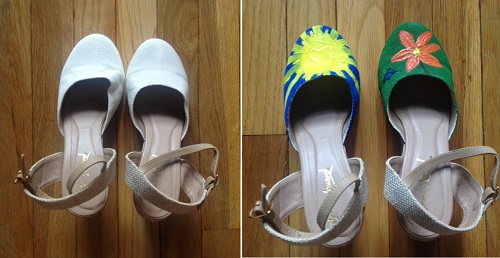
A perhaps failed attempt to paint a new pair of shoes, made me consider how we can have better experiences when launching a product/project/service. I bought these shoes in Brazil. They didn’t have the color I wanted, and I thought it was a good idea to buy the white one and make it into a painting project. First, I imagined drawing a bunch of flowers on each of them. Then, I started thinking that it would be too difficult and got a new idea to paint the sun on one shoe and the moon on the other. I went to the arts and crafts store and bought fabric ink as per an artist friend’s advice. They only had one option, a box with blue, red, yellow and black colors, and I bought it. On my way home I realized that I needed white to draw the moon. Instead of having to wait until I found another store that had it, or ordering it online and having to wait for shipment, I decided to change the original plan a bit. I kept the idea to paint the sun on one shoe, and decided to draw a flower on the other.

 Last year I had the opportunity to teach one of my nephews how to tie his shoes. He understood the mechanics of it quickly, but got frustrated when he couldn't get it done right away. I told him there was no need to get frustrated, he needed to try it 100 times to become good at it, and if he still didn't get it, fine, he could feel the frustration then. He looked at me in disbelief and asked “one hundred times?”, and I said yes. When I saw him again the next day, he was already a pro. I don't know if he kept practicing it, 100 times could have been an exaggeration on my part.
Last year I had the opportunity to teach one of my nephews how to tie his shoes. He understood the mechanics of it quickly, but got frustrated when he couldn't get it done right away. I told him there was no need to get frustrated, he needed to try it 100 times to become good at it, and if he still didn't get it, fine, he could feel the frustration then. He looked at me in disbelief and asked “one hundred times?”, and I said yes. When I saw him again the next day, he was already a pro. I don't know if he kept practicing it, 100 times could have been an exaggeration on my part.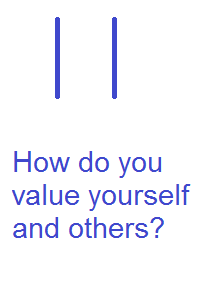 In the past few months I have been thinking a lot about value: self-value, and how we value others.
In the past few months I have been thinking a lot about value: self-value, and how we value others.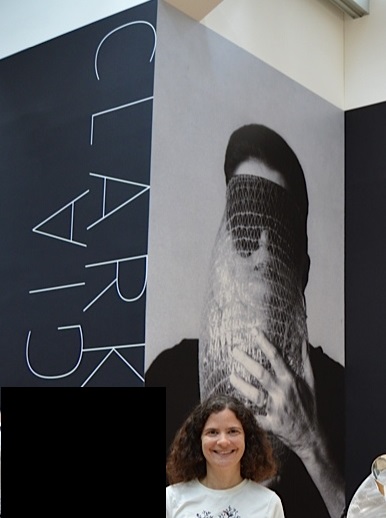 gia Clark
gia Clark
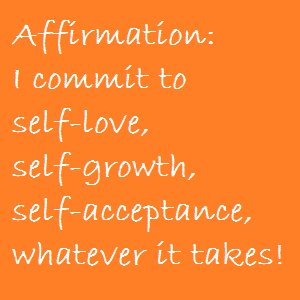 I’m often asked that question, and during a call
I’m often asked that question, and during a call 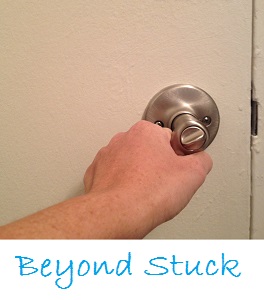 The reason I’m calling this article and the webinar I’m hosting on February 6th
The reason I’m calling this article and the webinar I’m hosting on February 6th 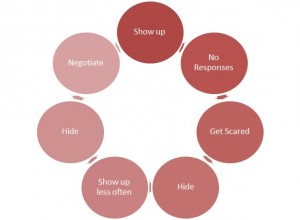 Let me know if you can relate. You put yourself out there, you promote your products/services, you write articles, you are a guest blogger, and you post your ideas on social media. Your close friends are excited for you and post comments, participate in the conversation. However, all the effort and attempts to build an audience, does not translate into business, at least not right away. You start to question your own abilities and your worth. Now that your confidence and even self-worth is hurt, you decide not to put yourself out there anymore. What’s the point?
Let me know if you can relate. You put yourself out there, you promote your products/services, you write articles, you are a guest blogger, and you post your ideas on social media. Your close friends are excited for you and post comments, participate in the conversation. However, all the effort and attempts to build an audience, does not translate into business, at least not right away. You start to question your own abilities and your worth. Now that your confidence and even self-worth is hurt, you decide not to put yourself out there anymore. What’s the point? I’m constantly asked about best practices on Twitter and Facebook, and here are some of the questions I have heard: What are the rules? How to get more followers? How to get more likes? Why isn’t anybody engaging with me? How come people don’t see my posts?
I’m constantly asked about best practices on Twitter and Facebook, and here are some of the questions I have heard: What are the rules? How to get more followers? How to get more likes? Why isn’t anybody engaging with me? How come people don’t see my posts?